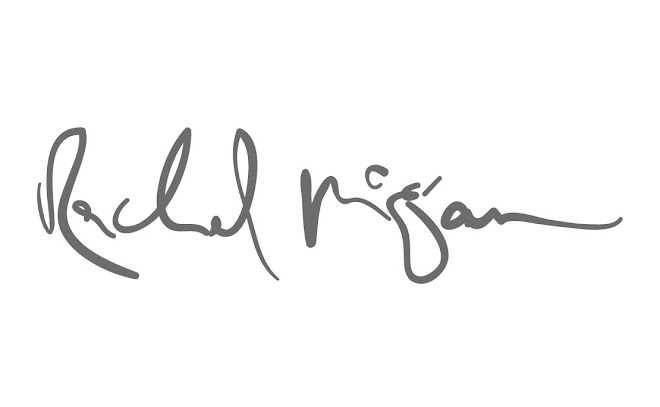the upcoming launch of the Socks & Sandals zine is a project that i've been silently working on (and still continue to) with a group of other young creatives / students in Brisbane since the end of last year.
it is due to launch in October (the exact event details is not yet finalised) and will be distributed and available for free through a number of CBD locations in the final months of 2012.
the zine will focus on fashion / beauty / lifestyle equally, including articles and photoshoots as contributed by our team of writers, photographers and directors for each department.
a facebook page and website have been recently established to allow the public to keep up with our latest news regarding the publication, its contents and contributors, as well as the launch party.
they look a little like this:



i will also be posting new information regarding S&S on here as it happens.
XXXXXXX
in other news, after much deliberating i've decided to set up a tumblr. i realise that i'm waaaaay behind the general population on this, but there are a number of personal and borrowed images that i feel don't have much of a suitable home on here or in more private locations like my facebook page. archived images from this blog may also make the odd appearance here and there.
i'm hoping to keep it largely personal..
http://rachelofcharles.tumblr.com
it is due to launch in October (the exact event details is not yet finalised) and will be distributed and available for free through a number of CBD locations in the final months of 2012.
the zine will focus on fashion / beauty / lifestyle equally, including articles and photoshoots as contributed by our team of writers, photographers and directors for each department.
a facebook page and website have been recently established to allow the public to keep up with our latest news regarding the publication, its contents and contributors, as well as the launch party.
they look a little like this:
i will also be posting new information regarding S&S on here as it happens.
XXXXXXX
in other news, after much deliberating i've decided to set up a tumblr. i realise that i'm waaaaay behind the general population on this, but there are a number of personal and borrowed images that i feel don't have much of a suitable home on here or in more private locations like my facebook page. archived images from this blog may also make the odd appearance here and there.
i'm hoping to keep it largely personal..
http://rachelofcharles.tumblr.com
